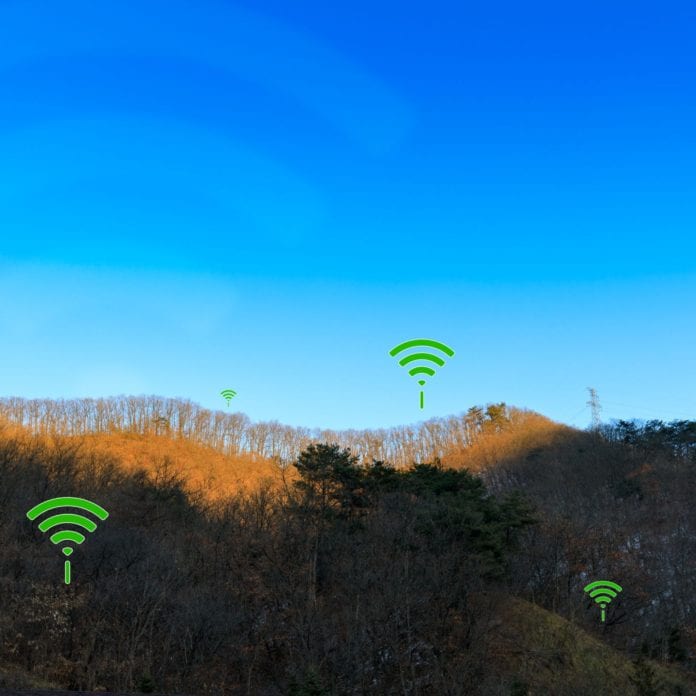Meanwhile, new third-party analysis finds that 22.5% of US households don’t have home internet and more than a quarter million still rely on dial-up
The Federal Communications Commission says it is set to authorize nearly $164 million to 42 providers in a second round of funding through the Rural Digital Opportunities Fund (RDOF). Meanwhile, in an ongoing effort to “refocus the program” to make sure that funding actually goes to unserved areas that need broadband, the agency said that 85 winning bidders have chosen not to pursue buildout in 5,089 census blocks.
The FCC said that the 42 providers set to receive funding in this wave will bring fiber-based gigabit broadband to about 65,000 locations in 21 states over the next decade. The long-form applicants and the areas they plan to serve are available here.
In July, the commission sent letters to nearly 200 winning RDOF bidders, giving them the chance to withdraw their funding requests in areas where there was “evidence of service or where questions of waste have been raised.”
“In response to these letters, numerous winning bidders have conducted new due diligence on the areas in question, and many have decided not to pursue support in the identified areas,” the FCC said in a press release.
The Competitive Carriers Association was among the voices raising concern over RDOF funding decisions, saying that it had identified more than $1 billion out of the 10-year, $20 billion program that might go to areas which were likely to already have fixed or mobile service that meets the FCC’s 25/3 Mbps requirements. CCA found that 5.5% of RDOF award locations “likely include sites that have access to at least 25/3 Mbps fixed broadband,” and about 6.9% of RDOF locations “likely” have access to fixed or mobile broadband that meets the 25.3 threshold, according to the report based on the analysis and filed with the FCC.
The FCC said that it “continues to closely review long-form applications of other winning bidders that were
previously announced to ensure they meet the technical, financial, and operational capabilities to comply with program obligations.”
Meanwhile, newly released analysis from Reviews.org estimates that nearly one in four households in the United States don’t have broadband service, and almost a quarter of a million households still rely on dial-up service.
Using data from the U.S. Census Bureau’s American Community Survey, Reviews.org ranked each state and county on the percentage of households which subscribe to a broadband, satellite or dial-up internet connection.
“Almost a quarter (22.5%) of U.S. households use public Wi-Fi or other means to hop online—a modern-day travesty considering that more and more of daily life takes place on the internet,” wrote Catherine McNally, editorial lead for internet and gaming at Reviews.org. “The number of households without internet is greater than the total number of households in 13 states combined.”
The analysis found that the most-connected states — those with the highest percentage of the population with an internet service of some type — were Utah, Colorado and California, and the least-connected states were Mississippi, Arkansas and Alabama. In general, the least-connected states are clustered in the South, while states with a higher percentage of connected households are in the Northeast and the Western U.S. The least-connected states also tend to have a large percentage of rural households and a high rural poverty rate.
In related news, the National Telecommunications and Information Administration (NTIA) recently published the proposed service areas of all applications that are undergoing review through the Broadband Infrastructure Program to provide fixed broadband service to areas which don’t have it. Service providers have provided the information voluntarily, and NTIA will consider it as a factor in evaluating applications to the program, which provides $288 million in funding. Existing service providers can contribute information about any services offered the proposed service areas, which are broken down by census block, through October 19. More information is here.

